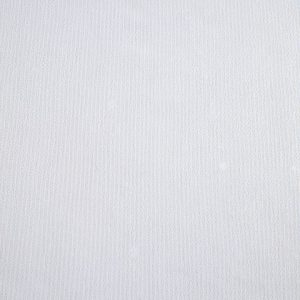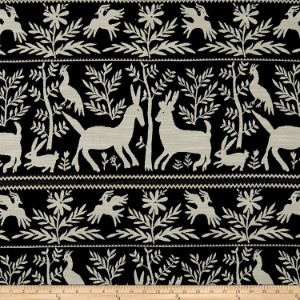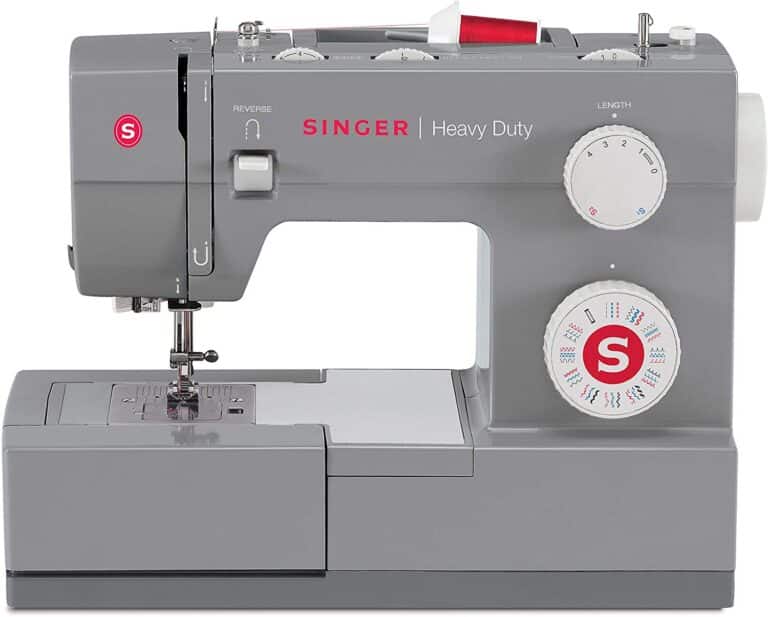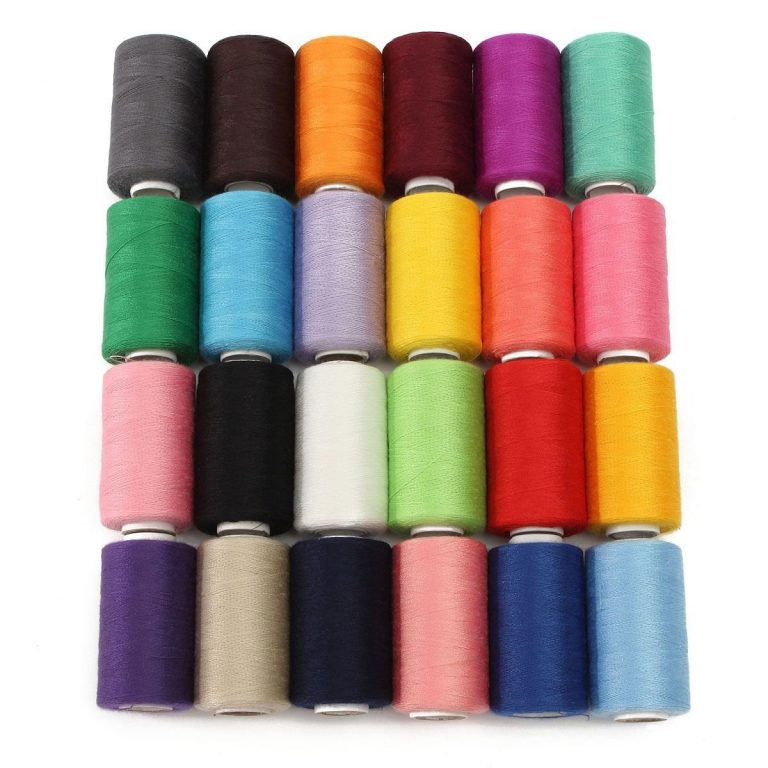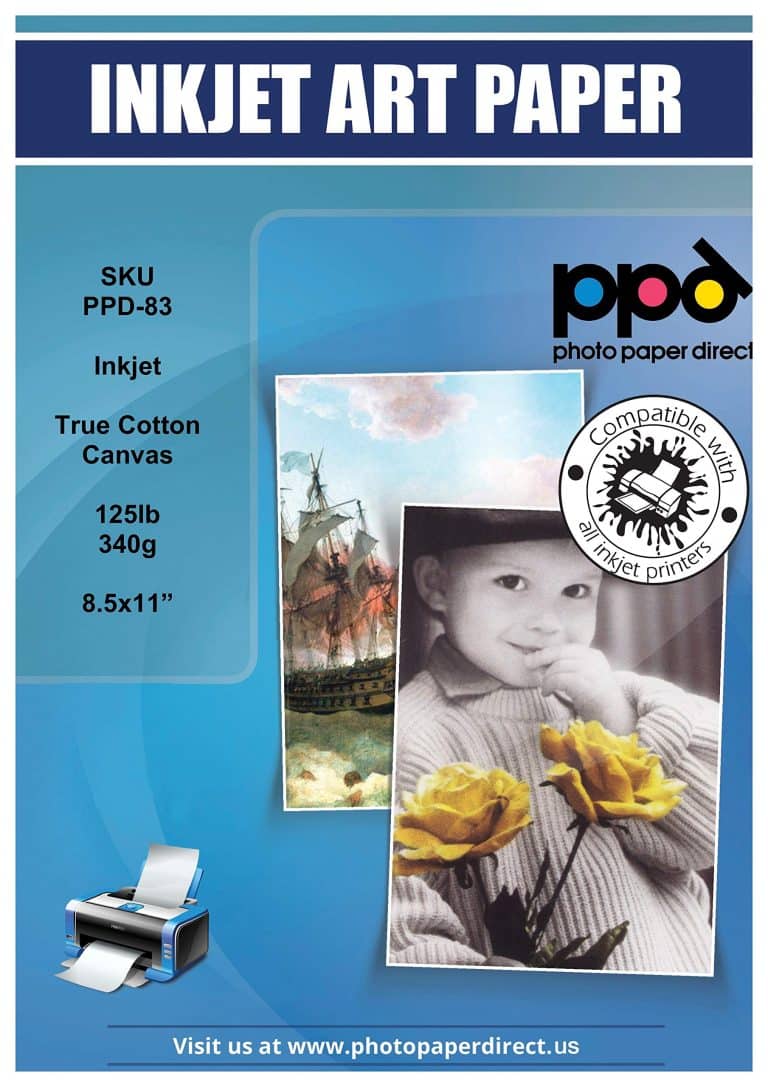Pul Fabric: History, Properties, Use, Care, Where to Buy
Table of Contents
Introduction to Pul Fabric
PUL fabric refers to practically any fabric or cloth that has been coated with polyurethane laminate. “Polyurethane Laminate,” or PUL, refers to a special material. This watertight material, which goes by “thermal stretch” and “fuzzy rubber,” has many applications.
PUL material can be found in a variety of applications. While, in concept, you could put PUL to any textile, it is most typically used with polyester, cotton, or cotton-poly blends.
KEY TAKEAWAY
- PUL fabric, or polyurethane laminate fabric, is a waterproof material that is often used in baby gear, home décor, outdoor wear, and more.
- PUL fabric is typically made by bonding a plastic TPU layer to polyester, cotton, or cotton-poly blend fabric using high-temperature adhesive.
- When caring for PUL fabric, it is best to wash it with mild-warm water, avoid using fabric softener or bleach, and air-dry or tumble dry on low heat. Ironing is not recommended, but if necessary, use a low heat setting and press on the wrong side with a press cloth.
What is the History of Pul Fabric?
PUL fabrics were initially utilized in hospitals because of their long lifespan, resistance to wetness, and simple maintenance requirements. Polyurethanes were first developed in Germany in the 1930s; nevertheless, it wasn’t until a few decades later that they were applied to the textile industry.
PUL textiles are employed extensively in a wide variety of applications in the modern-day.
Properties of Pul Fabric
- It is a lightweight fabric.
- It has good moisture-wicking abilities.
- It is highly stretchable and can maintain its shape.
- It is a reasonably breathable fabric.
- It can withstand repeated washings.
How is Pul Fabric Made?
The production of PUL fabric can be accomplished using either hot melt or liquid lamination, depending on the manufacturer. Lamination done using hot melt adhesive is sometimes referred to as green lamination.
Polyester, cotton, or a cotton-poly blend are the three most prevalent substances used to create PUL. Because it bonds in the best way possible, polyester is the most frequent form of PUL fabric.
To produce hot melt or environmentally friendly PUL, the plastic TPU layer is adhered to the textile using a high-temperature adhesive; more accurately, it is melted onto the existing fabric.
The conventional method for producing PUL involves first fusing the fabric and the polyurethane, then forming a string that is subsequently woven into textiles.
However, the solvent lamination technique involves using petroleum, which generates unwanted by-products and is not considered safe for use in food production.
Where is Pul Fabric Made?
Pul fabric is produced in the USA, which has a booming market for fabric production. Pakistan, Vietnam, Cambodia, Bangladesh, India, and Italy are among the other nations that manufacture significant amounts of PUL.
Companies located overseas typically create conventional PUL, and the production process is not as open to public inspection. PUL is something that many contemporary consumers who are environmentally conscious would rather not use.
Common uses of Pul Fabric
Pul fabric is used for various garments along with different products.
Baby gear and wear
For instance, the properties of PUL fabric make it a perfect choice for additional baby gear such as damp bags to store soiled disposable nappies and bibs.
Home décor
Since the texture of PUL fabric is soft, it is watertight, and it is simple to wash, it is an excellent choice for art smocks, table runners, furniture coverings, and drop cloths for use in children’s art projects.
Outdoor wear and other uses.
PUL fabric is also used to produce raincoats, rain caps, wallets, make-up bags, and washable sanitary pads, all of which may be found in stores.
Sewing with Pul fabric
Pul fabric is a stretchable material that needs to be sewn with caution and care. Sewing patterns and designs on the fabric can be done without hindrance if one ensures using the correct sewing essentials and sewing notions and supplies.
Since the fabric is easily ruined, you should be very careful when stitching PUL so that you won’t have to tear out stitches and end up with a million little holes that will let water through. This would be a very terrible outcome.
Utilize the kind of needle that you would ordinarily use for the particular type of fabric that the PUL is made of. Use a needle designed for woven cotton if you will be stitching cotton-based PUL. Utilize a needle designed for knitting if you will be sewing interlock PUL fabric.
The sewing thread used should be a polyester type, making the fabric last longer. It would help if you also used longer stitches when sewing the fabric.
To obtain a better-sewed fabric, you can use the best sewing machines like the Brother SE600 for better results. Keeping in mind these tips and tricks, you can easily sew the fabric to make clothes and garments of your choice.
Dyeing and printing with Pul fabric
Pul fabric is a material that can be printed as well as dyed. Depending on the fibers that make up the fabric, it might be possible to color the fabric.
It is possible to use Rit All-Purpose Liquid Dye, the best fabric dye available, on items that have been manufactured using cotton, silk, and other types of synthetic threads.
How to care for Pul Fabric
Pul fabrics should be washed with care.
Washing
- Use mild-warm water to wash the fabric
- Do not use a gentle laundry detergent.
- The machine setting should be set to a normal cycle
- The fabric can be dried by air-drying it on a flat exterior
- You can also tumble dry the fabric.
Ironing
- In theory, you should not iron Pul fabric.
- However, if you want to use a shark steam iron, press the fabric on the wrong side.
- Use a low heat setting, no steam, and a press cloth
Where to buy Pul Fabric?
Fabric stores and garment shops both stock Pul fabric, so you should be able to find it there. Clients also can purchase Pul fabric from online retailers and websites such as https://amzn.to/4b6kxLB and Amazon, both of which have the best Pul fabric currently on the market, such as the stunning Polyurethane Laminate – LS179- J Multi Dot Beige.
It can be sold in several ways depending on the seller;
- By yard
- By Inches
- Can be cut to order
PUL means polyurethane laminate. PUL can be made with many different fabrics as a base. A film is then applied to the fabric using heat, which helps ensure that the fabric is then waterproof. PUL fabric is growing extremely popular, especially for zero-waste products. Reusable cloth diapers, reusable feminine hygiene products like pads, reusable incontinence products, wet bags, reusable sandwich, and snack bags, mattress protectors and other bedding, placemats, and more can all be made using PUL fabric.
Best PUL Fabrics
Here are our PUL fabric reviews.
1. AKAS Tex PUL (Polyurethane Laminate) 1 Mil Optic White
This fabric is part of a line of PUL by AKAS Tex and is available in an incredible ninety different colors and prints. This large selection of fabric makes it that much easier to customize projects. The fabric is a laminated knit and is CPSIA certified. This fabric has a slight amount of stretch across the grain, which makes it a great choice for many different projects.
- Fabric is lightweight and is made from a blend of 75% polyester and 25% polyurethane
- Available in 60” widths
- Machine washable with warm water, dry on low heat or drip dry- do not use fabric softener or bleach
2. Fabri-Quilt PUL (Polyurethane Laminate) 1Mil White
This laminated knit fabric has many great properties. PUL is waterproof, is quite durable, breathes well, is hypoallergenic, and more. This fabric has a slight amount of stretch across the grain, which makes it a great choice for making mattress covers, reusable diapers, wet bags, and more.
- This fabric is a blend of 45% polyurethane and 55% polyester
- Fabric is medium weight and is available in 55” widths
- Machine wash with warm water, dry on low heat- no bleach
3. Polyurethane Laminate – LS179- J Multi Dot Beige
This unique PUL fabric features different colored and sized dots on a beige background. The laminated thickness of this fabric is 2.00 mil. Like all PUL fabrics, this fabric is waterproof. The fabric also has a slight stretch across the grain, which makes it a great choice for a ton of different projects. Use for baby items all the way to adult projects.
- Machine wash on cold, tumble dry on low heat- do not iron
- This fabric is a blend of 64% polyester and 36% polyurethane
- Fabric is lightweight and is available to purchase in 60” widths
4. Polyurethane Laminate Waterproof Watermelons

This fabric features a fun and cute watermelon print. The fabric is a laminated knit with a thickness of 2.00 mil. This fabric is waterproof and has a slight amount of stretch cross-grain. Use PUL to make reusable diapers, wet bags, mattress pads, reusable items like pads and sandwich bags, and more.
- Machine wash cold, tumble dry on low heat- do not use an iron with the fabric
- Fabric is made from 64% polyester and 36% polyurethane
- Fabric is lightweight and is available in 60” widths
5. Polyurethane Laminate-GA522-A Unicorn Blue
Unicorn prints are trendy right now, and this PUL fabric sports a delightful print that can be used for a whole host of different projects. This fabric is lightweight but is also durable. Use this fabric to make wet bags, reusable diapers, mattress pads, reusable sandwich bags, reusable pads, and more.
- This fabric is waterproof and features a slight amount of stretch cross-grain
- Fabric is made from 64% polyester and 36% polyurethane
- Machine wash with cold water, tumble dry on low heat- do not use an iron on the fabric
PUL Fabric Buying Guide
PUL is a versatile fabric that comes in many different colors and prints. It can have a slight learning curve to sew with, because of the fabric’s properties, so make sure you prepare yourself ahead of time if you haven’t yet sewn with it. This fabric is waterproof, breathable, and stretchy but has great recovery, is resistant to abrasion, and is hypoallergenic. Using PUL to make reusable products is a great way to cut down on waste in many areas of day-to-day life.
Laundering PUL
Once sewing items like diapers, pads, or even reusable bags with PUL, it is often recommended that the fabric then be heat sealed to avoid leaks, since the sewing needle will puncture tiny holes in the fabric. This can often be done by laundering PUL and then placing it in the dryer on low heat for fifteen to twenty minutes. Some recommended heat sealing with an actual product like tape, but before using any of these methods, if you are uncertain, perhaps go through some blog posts or tutorial videos on sewing and working with PUL. PUL can definitely be machine washed and put in the dryer after use and it is even safe to be autoclaved.
Is PUL Food-safe?
PUL is rated to be safe to come into direct contact with foods, which makes it a popular choice for lining reusable sandwich or snack bags. These bags are often just turned inside out and washed out with a damp cloth after use, or washed with warm water and soap and left to dry. Some people recommend using a bottle brush to clean out the corners of the bags, or even putting the bags in the dishwasher. Others recommend placing the bags in the washing machine and using mild detergent.
Recommended Reading:
- Chapter 1: The 7 Sewing Essentials for Beginners
- Chapter 2: The Beginner’s Guide to Sewing Machines
- Chapter 3: The Ultimate Guide to Setting up your Sewing Room
- Chapter 4: Everything You Need To Know About Sewing
- Chapter 5: Sewing Fabric 101: A Virtual Tour of the Fabric Store
Conclusion
Pul fabric is a special type of material that has been used to make various types of garments and products due to its moisture-wicking abilities and properties.
Sources


